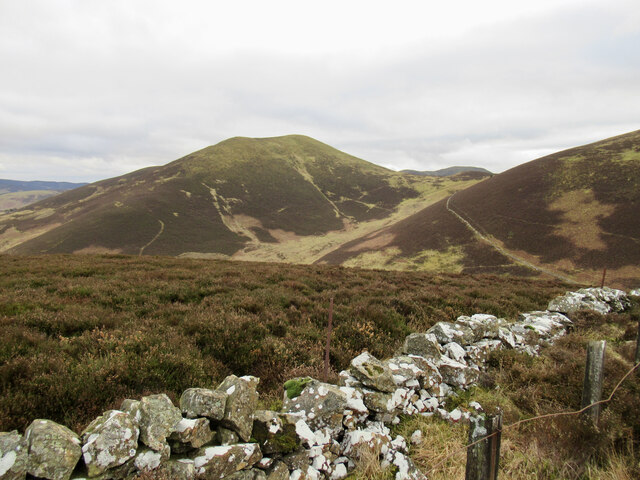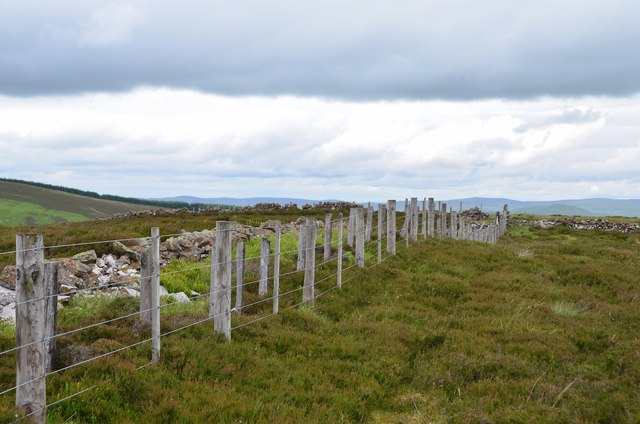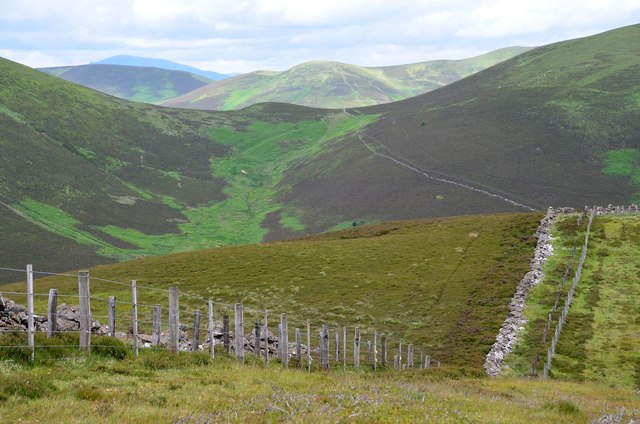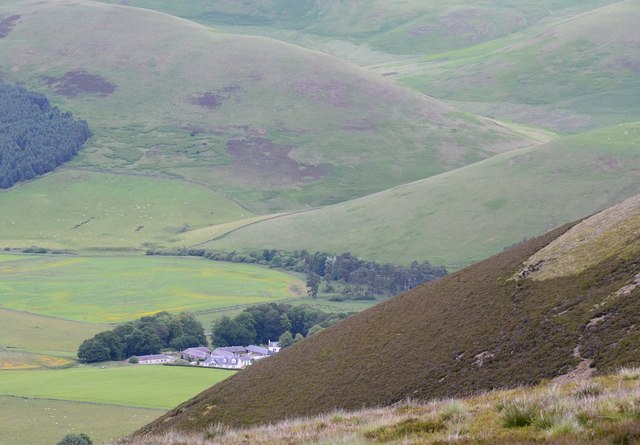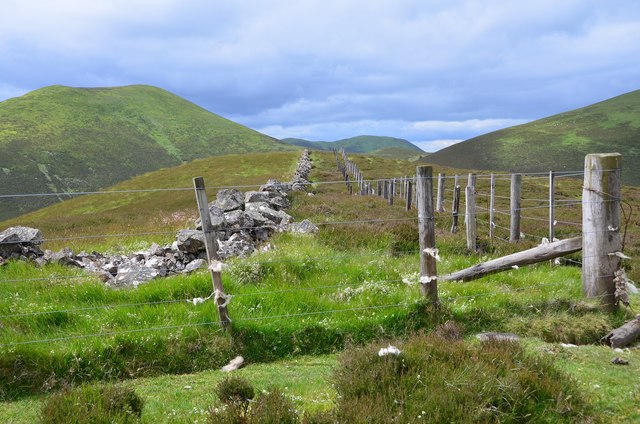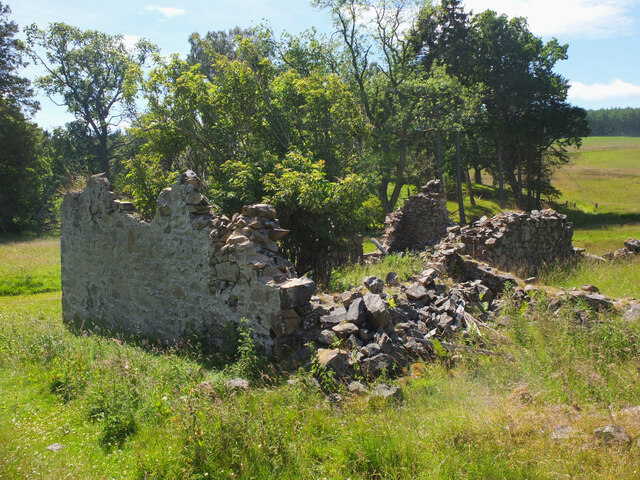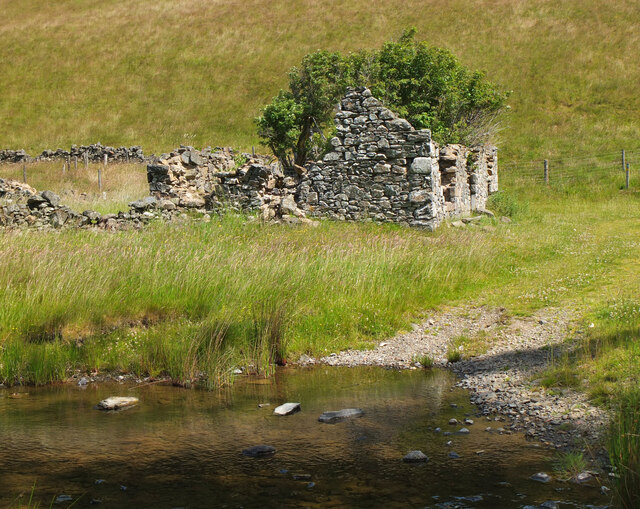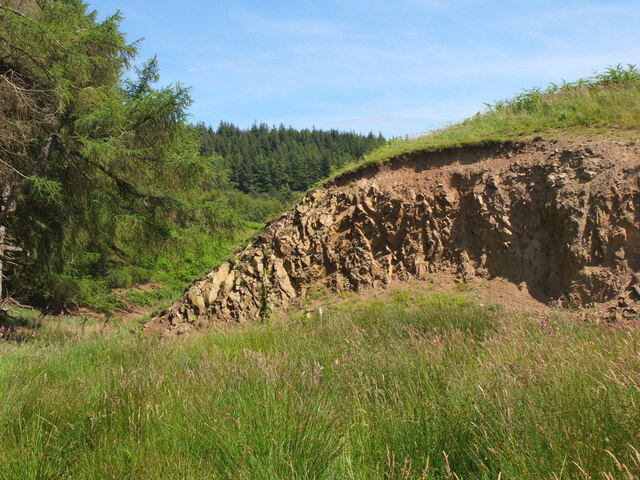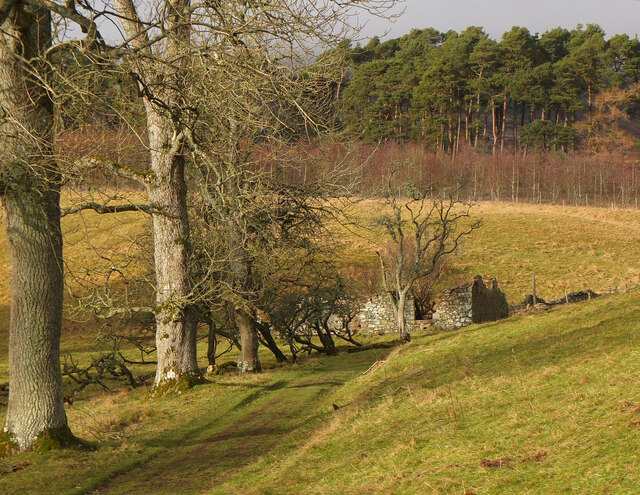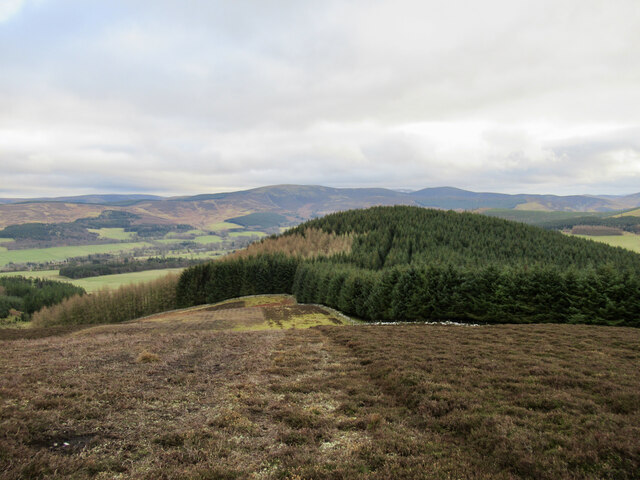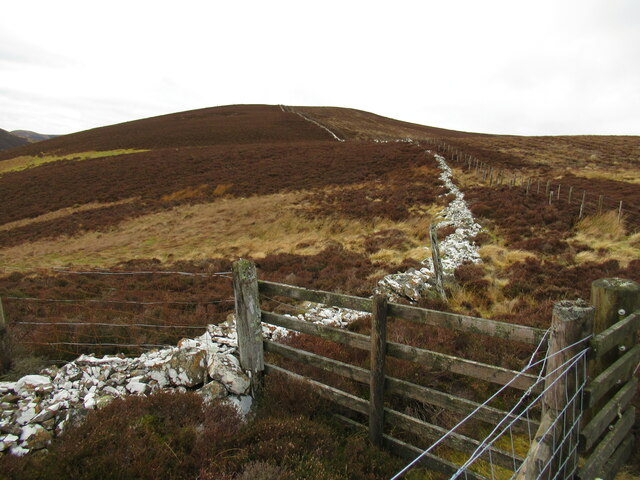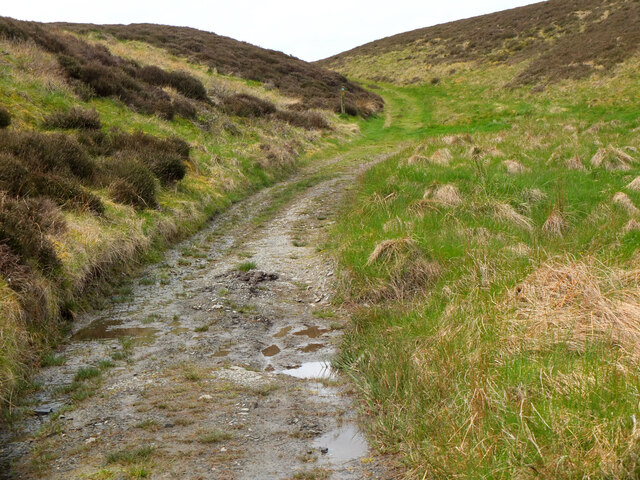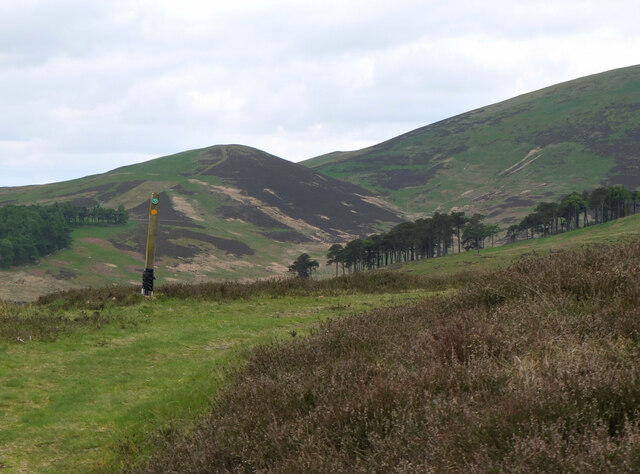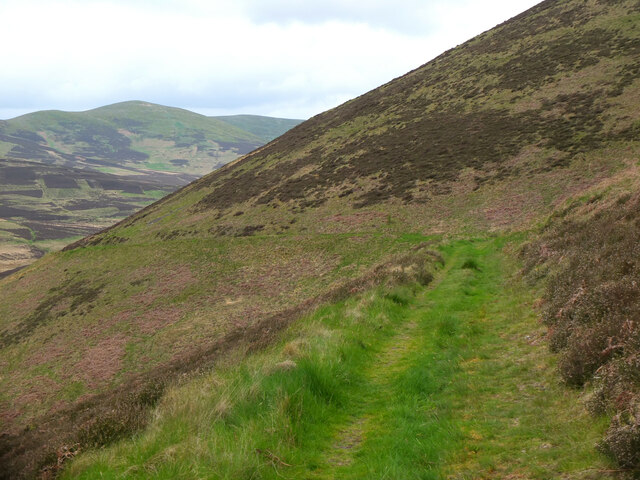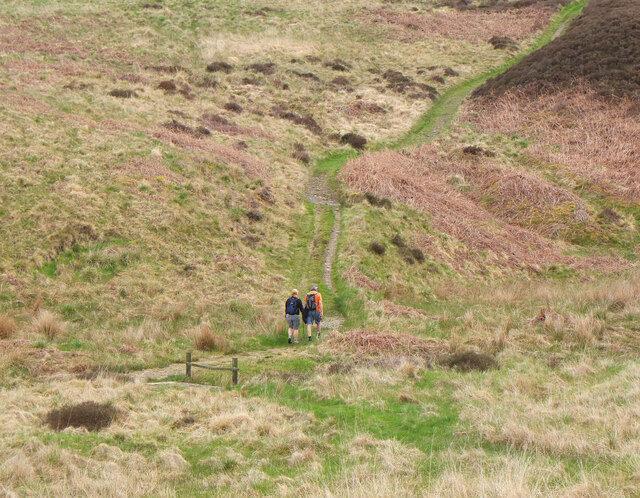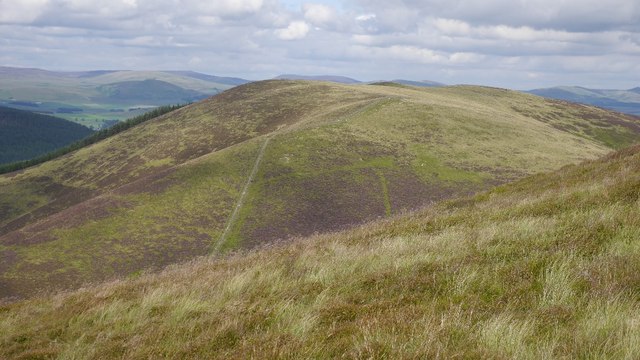Cat Cleuch
Valley in Peeblesshire
Scotland
Cat Cleuch
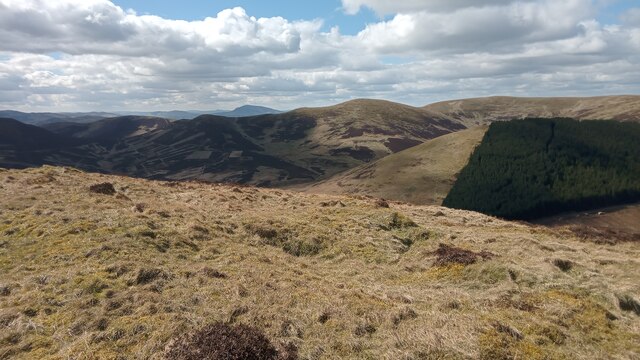
Cat Cleuch is a picturesque valley located in Peeblesshire, Scotland. Situated within the stunning Scottish Borders region, the valley is renowned for its natural beauty and tranquil surroundings. Nestled between rolling hills and verdant landscapes, Cat Cleuch offers visitors a serene escape from the bustling city life.
The valley is characterized by its rugged terrain, with steep slopes and rocky outcrops dotting the landscape. As visitors venture into the heart of Cat Cleuch, they are greeted by a meandering river that flows through the valley, adding to its charm and serenity. The river cascades down small waterfalls, creating a soothing soundtrack as it winds its way through the valley.
The flora and fauna in Cat Cleuch are diverse and abundant, with the valley being home to various species of plants and animals. Lush green forests of oak, birch, and pine trees cover the valley, providing a habitat for numerous bird species, small mammals, and insects.
Cat Cleuch is a popular destination for outdoor enthusiasts and nature lovers alike. The valley offers a range of activities, including hiking, birdwatching, and wildlife spotting. There are several well-marked trails that wind through the valley, taking visitors on a journey through its natural wonders.
For those seeking a peaceful retreat in the heart of nature, Cat Cleuch in Peeblesshire is the perfect destination. With its breathtaking scenery, diverse wildlife, and tranquil ambiance, the valley offers an unforgettable experience for visitors of all ages.
If you have any feedback on the listing, please let us know in the comments section below.
Cat Cleuch Images
Images are sourced within 2km of 55.647747/-3.3377944 or Grid Reference NT1540. Thanks to Geograph Open Source API. All images are credited.

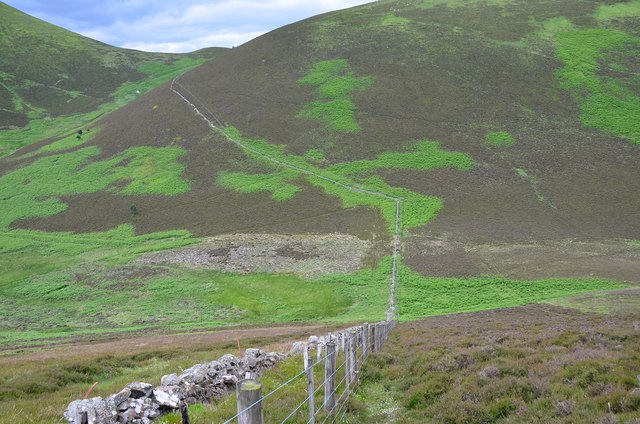
Cat Cleuch is located at Grid Ref: NT1540 (Lat: 55.647747, Lng: -3.3377944)
Unitary Authority: The Scottish Borders
Police Authority: The Lothians and Scottish Borders
What 3 Words
///binds.pastime.soak. Near Peebles, Scottish Borders
Nearby Locations
Related Wikis
Battle of Happrew
The Battle of Happrew was a skirmish which took place around 20 February 1304, during the First War of Scottish Independence. A chevauchée of English knights...
Tarth Water
The Tarth Water is a river in Peebleshire, in the Scottish Borders. It forms part of the River Tweed system. The river with a total length of 7.1 miles...
Lyne Kirk
Lyne Kirk is an ancient and historic kirk or church, of the Church of Scotland. It is situated on top of a mound adjacent to the A72 trunk route 4.5 miles...
Drochil Castle
Drochil Castle is a ruined castle in the Scottish Borders. It is located above the Lyne Water, 10 kilometres (6.2 mi) north-west of Peebles, and 8 kilometres...
Nearby Amenities
Located within 500m of 55.647747,-3.3377944Have you been to Cat Cleuch?
Leave your review of Cat Cleuch below (or comments, questions and feedback).
